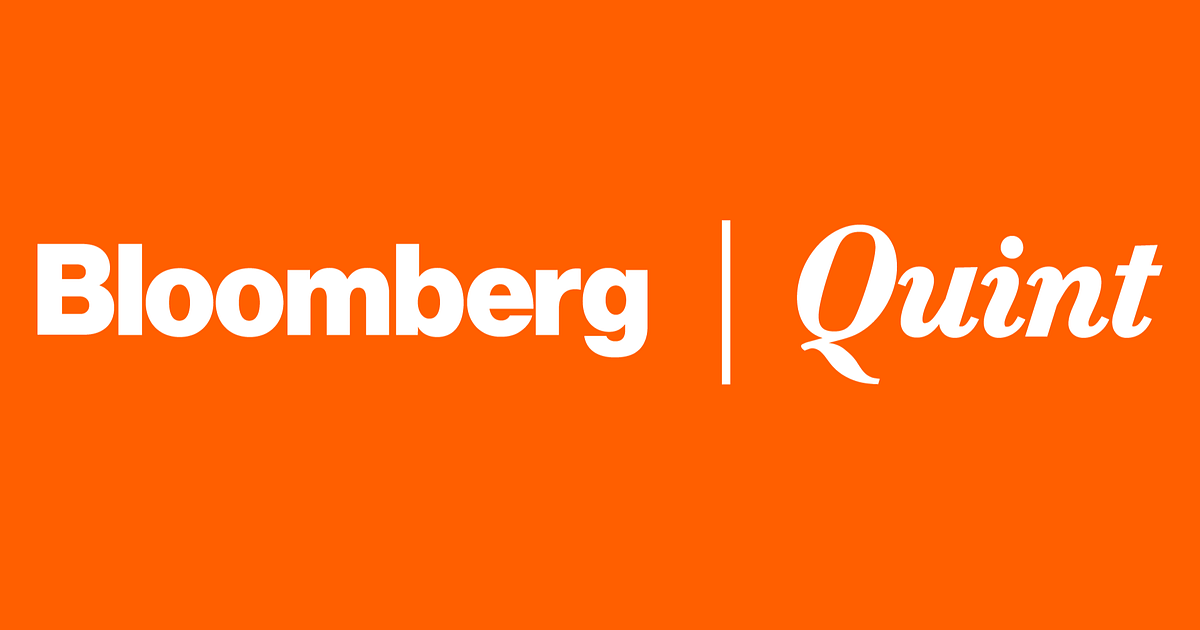[ad_1]
(Bloomberg) — Emerging-market currency traders will have to pick their fights carefully for the coming year after a surprisingly strong dollar and rising U.S. Treasury yields steamrolled almost everything in the developing world in 2021.
With investors ramping up expectations for the Federal Reserve and other developed-market central banks to tighten policy, the likes of the Brazilian real and Hungarian forint have been weighed down by inflation and political concerns even as local officials jacked up borrowing costs. The Chinese yuan, Taiwanese dollar and Russian ruble have been among the few to stand their ground.
Some currencies may have been punished too much, though, and the prospect of a shift in global dynamics could prompt investors to dip their toes back in, even if the outlook for emerging markets as a whole remains uncertain. Barclays Plc is advising clients to bet on the Brazilian, Russian, Mexican and South Korean currencies. Discovery Capital Management, the $2.4 billion hedge fund, is more focused on opportunities in eastern Europe, like the forint.
“We expect increased differentiation in EM assets as the expansion matures, China slows, and extraordinary stimulus fades,” Barclays analysts including Christian Keller wrote in a note to clients last week. “Most EM central banks are leading DMs in the normalization cycle and generous EM risk premia should attract some flows, but structural factors such as certain commodity exposures should also guide asset selection.”
TD Securities reckons that forward markets are pricing in too much weakness for a number of currencies like the real, the Indonesian rupiah and the South African rand, and have recommended a basket trade including these and others.
“With yields adjusting higher, and FX weakening, it is possible that emerging markets will sit better positioned for an eventual Fed rate hike,” TD strategists including Sacha Tihanyi wrote in a report last week. “However, the vulnerability of each EM economy will be important to consider within the context of potential further pressure in 2022.”
From a funding perspective, Latin America appears to be the region most at risk, according to TD, while the outlook for Asia is stronger. That said, strategists see a potential opportunity in Brazil, which is currently being hampered by political uncertainty ahead of elections next year. While there are plenty of risks and potential volatility, they predict the real could restrengthen to the 5 per dollar level, from about 5.57 currently.
Discovery Capital founder Rob Citrone is more circumspect about the prospects for Brazil and Russia. While he sees potential for the real to eventually gain after the noise of the Brazilian election campaign clears, the currency will likely be on the weaker side and markets will remain nervous ahead of the vote. While Russia has seen its currency buoyed by a combination of higher energy prices and rate hikes — and some observers continue to label it as cheap — Citrone says it isn’t worth the geopolitical risk and uncertainty.
For his part, bets on the Hungarian, Czech and Polish currencies against the euro offer the best risk-reward. All three nations have seen central-bank rate hikes and “we think there’s probably some more to go because inflation is higher,” Citrone said. “Despite the rate hikes, the growth prospects for these countries remains much higher. We think all their currencies are incredibly competitive,” he said in an interview.
Here are some of the major events and data to look out for this week:

